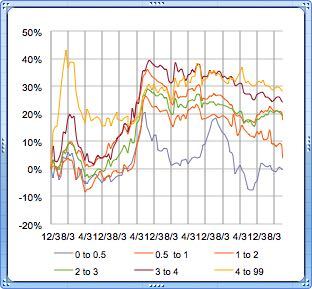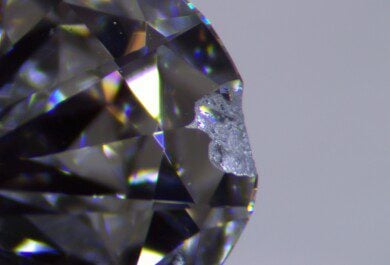By Erika W.
In light of recent forum discussions on hand-made jewelry and jeweler disclosure, check out the FTC Guides for the Jewelry, Precious Metals, and Pewter Industries.
From the FTC:
§ 23.3 Misuse of the terms “hand-made,” “hand-polished,” etc.
(a) It is unfair or deceptive to represent, directly or by implication, that any industry product is hand-made or hand-wrought unless the entire shaping and forming of such product from raw materials and its finishing and decoration were accomplished by hand labor and manually-controlled methods which permit the maker to control and vary the construction, shape, design, and finish of each part of each individual product.
Note to paragraph (a): As used herein, “raw materials” include bulk sheet, strip, wire, and similar items that have not been cut, shaped, or formed into jewelry parts, semi-finished parts, or blanks.
(b) It is unfair or deceptive to represent, directly or by implication, that any industry product is hand-forged, hand-engraved, hand-finished, or hand-polished, or has been otherwise hand-processed, unless the operation described was accomplished by hand labor and manually-controlled methods which permit the maker to control and vary the type, amount, and effect of such operation on each part of each individual product.
If you seek a jewelry piece that is hand forged and fabricated, then be explicit with your jeweler. The terms are often subjective, and pieces deemed “hand-made” may include cast or other components. Luckily, many jewelers who market their jewelry as “hand forged and fabricated” are delivering what they advertise. “Hand-made” is generally the more commonly misused (or misunderstood) term.
Discuss on the Forum











